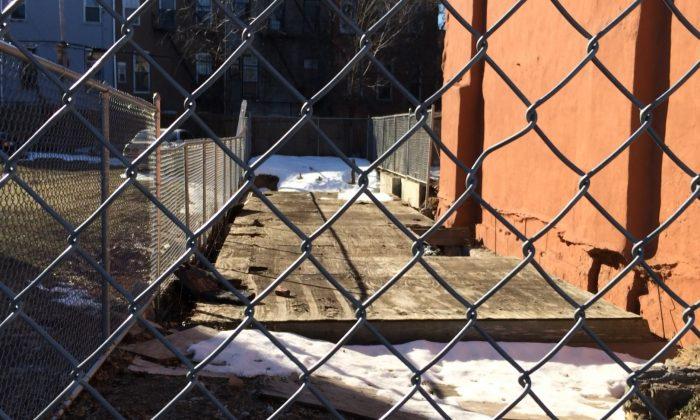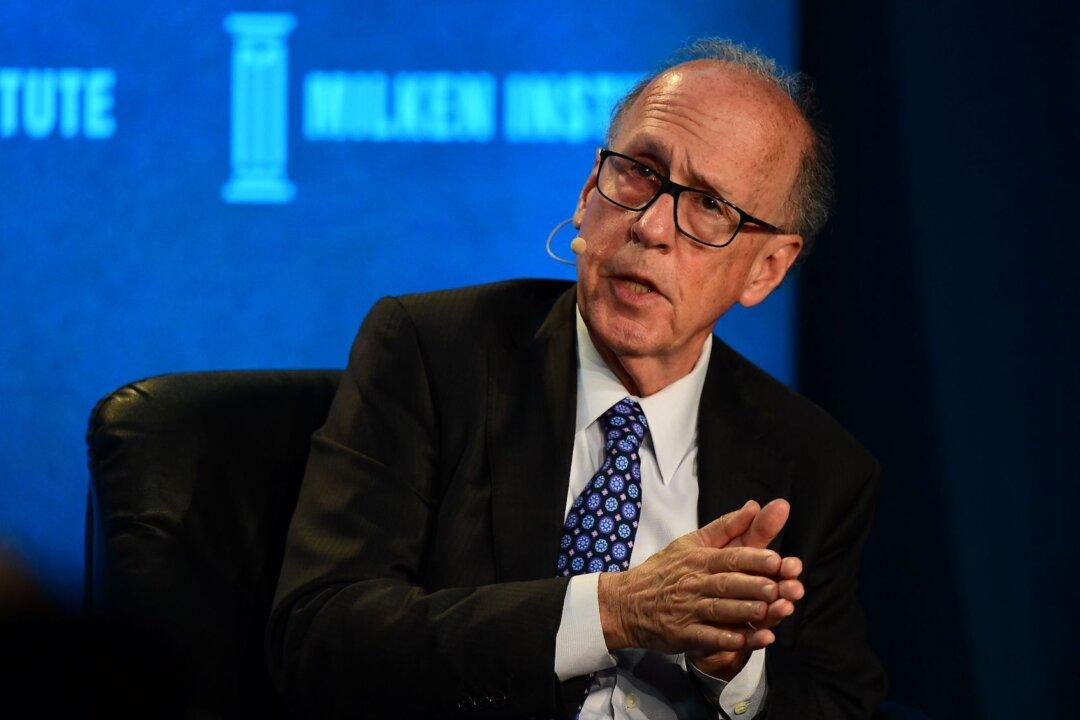NEW YORK—Even in highly populated areas of New York, vacant lots of land exist. Exactly how many vacant properties exist in the five boroughs and what does the city government plan on doing about these spaces? Three officials attempted to answer these questions Friday at an oversight hearing hosted by the City Council’s Committee on Housing and Buildings.
Stacey Cumberbatch, commissioner of the Department of Citywide Administrative Services (DCAS), said that her department helps dispose of city owned surplus real estate property through two means: public auction and the SAIL Away program.
DCAS is responsible for disposing of 2,000 vacant lots. At this point, most of developable lots have been sold either via auction or other means. In the most recent sales in 2013, DCAS sold eight lots and made $17 million in revenue.
There are about 1,000 tiny sliver lots left that are not suitable for development, mostly located in Queens and Brooklyn. Many of these have already been presented at public auctions and did not receive bids. The SAIL Away program is designed to sell these lots to adjacent property owners. So far, 28 lots have been sold in this program and have generated $313,000 in revenue.
Vicki Been, the newly appointed Housing Preservation and Development (HPD) commissioner, said that her department consults with DCAS to reserve some suitable vacant land parcels in order to develop affordable housing.
“Many of the parcels, as you’ve heard, are too small to develop as stand-alone housing sites so we often try to cluster sites together to maximize the potential for housing development,” said Been.
Making use of vacant lots to create affordable housing is only one step in Mayor Bill de Blasio’s plan to build or preserve 200,000 affordable housing units over 10 years.
While Cumberbatch and Been mainly tackled the issue of city owned vacant lots, Timothy Sheares, the assistant commissioner for Property Valuation at the Department of Finance, said that de Blasio is currently studying a proposal to increase taxes for privately owned vacant lots in outer boroughs. This could be done by classifying vacant lots in outer boroughs as commercial rather than residential parcels.
New York state law requires vacant lots in Manhattan to be classified as Class 4, or commercial parcels, but not for vacant lots in other boroughs. Vacant lots in the outer boroughs are mostly classified as Class 1, or residential parcels. Class 4 properties worth the same value as Class 1 properties are subject to much higher property taxes.
“From a public policy perspective, the current disparity in treatment of vacant land in different tax classes raises obvious issues,” said Sheares. “It is possible that tax Class 1 treatment may incentivize warehousing or non-productive use of the property.”
If the proposal is enacted, owners of some 7,000 vacant lots in outer boroughs may be incentivized to develop the land to avoid the tax increase. Furthermore, the city stands to make some $128 million in additional tax revenue by changing the tax classes of outer borough vacant lots.
A downside of this proposal is that it could impact community gardens in various neighborhoods. Community gardens contribute to beautifying neighborhoods, and they are usually on vacant land parcels. However, since the proposal excludes lots smaller than 2,500 square feet in size, small spaces used as community gardens would be left untouched.
Yi Yang is a special correspondent in New York.





Friends Read Free